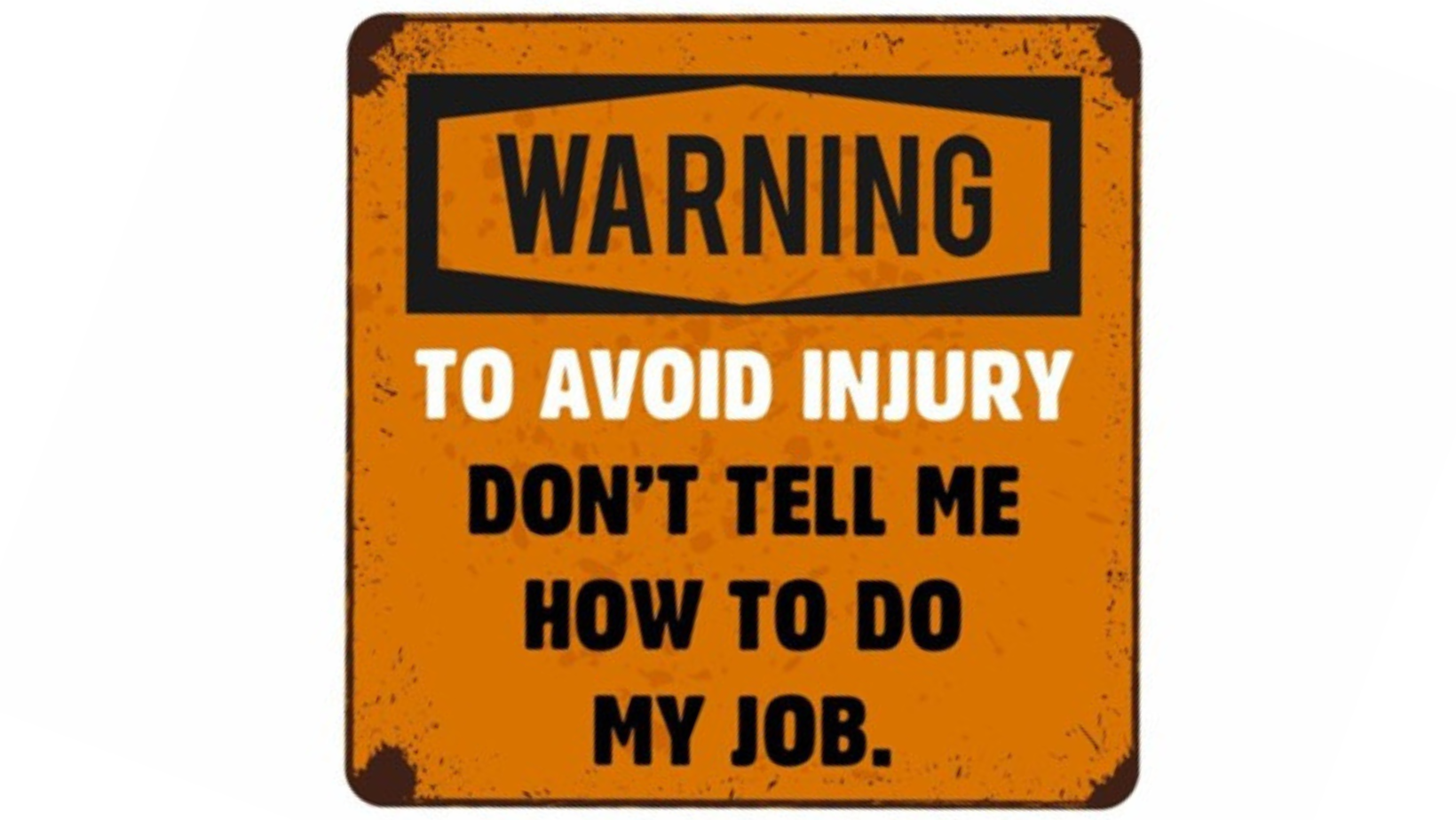Whether for higher pay, to gain access to new clients or purely for career development, a lateral move is something that, if handled correctly, is positive for the lateral partner and the firm they join.
Often, a lateral move will be initiated by a firm looking to grow or develop a particular practice area. In other cases, the move will be prompted by a lawyer looking for better opportunities. Either way, there are some vital steps that legal professionals need to take before making a lateral move.
Why you need this masterclass

If you are a legal professional who is planning a lateral move, or you think this is something you may be interested in doing in the future, this masterclass is for you. We will take you through everything you need to know about lateral moves, step by step. At the end of the series, you will receive our free outline business plan, a tried and tested plan that has been developed and refined over many years.
At Jepson Holt, we have managed hundreds of partner lateral moves over the years, advising firms on the search process and advising individual lateral partners on the market opportunities we see for them, as well as the preparation and presentation of their business case.
Why a business plan is necessary
Law firms are not likely to take a chance on a potential partner wanting to initiate a lateral move without evidence; rather, they will require that lawyers prove their ability to deliver client revenue. To do this, you will need to develop a business plan demonstrating to the firm that you can contribute at the required level, develop your practice, build a team and make a profit.
Welcome to our lateral move masterclass! Over the series, we will be discussing the key drivers and danger areas in the lateral process and providing a business plan that has proven to be effective in supporting a move and a reliable indicator of performance to hiring firms.
What drives a successful lateral move?
Success in a move depends on much more than the ‘numbers adding up.’ In fact, you could argue that moves founded primarily on the portable client revenue attached to the partner or team are the least likely to be successful.
This masterclass series looks at the real drivers of success in a lateral move from both the lawyer’s perspective and that of the hiring firm.
Lateral moves founded solely upon a lateral’s desire to earn a slightly greater proportion of their revenue are ultimately a race to the bottom in terms of profitability.
A hire based solely on the business a lateral may bring is unlikely to result in real integration and growth for the firm.
“When you see a good move, wait – look for a better one.” – Emanuel Lasker

Join us as we unpack each step towards a successful lateral move for both partners and firms. At the end of this series, you will receive the ultimate business plan blueprint that partners can use to demonstrate value to the target law firm.
As we mentioned, partners must demonstrate their value to their target law firm if they want to ensure a successful move. At the end of this series, we will provide you with an all-in-one template to help you develop a business plan that aids you in proving your worth. However, in the meantime, lawyers must understand two key factors that their business plan will need to include if they want to make the move a success. If you are a hiring firm looking to take on a prospective partner, you will need to be aware of these issues when considering a potential lateral hire.
We shared step one in the first instalment of this series, be sure to check it out before reading more on steps two and three.
Step 2: Start with ‘why’

Whether you have been headhunted for the role or are proactively seeking a lateral move yourself, it is vital to understand and articulate why joining the target firm makes sense, both within your business plan and the recruitment process:
- This may be client-based, for instance. Your target firm may already act in a number of service lines for several of your clients, and joining would help cement critical client relationships.
- Alternatively, the target firm may have sectoral or service gaps that would be remedied by your arrival.
- For a succession role, you should give careful thought as to why you are the best person to preserve and build on the practice of the retiring partner. You need to be able to communicate this clearly.
Whatever your ‘why’ may be, it should objectively make equal sense to you and to the firm you wish to join.
As a target law firm, you should expect a prospective partner wanting to initiate a lateral move to be able to clearly express and demonstrate their ‘why’ and understand how this may fit within your overall commercial strategy.
Step 3: Consider your metrics

A positive match
Ensuring that your revenue, remuneration, and rates are a reasonable match for those of the firm you intend to join makes the lateral move process far more likely to succeed.
Revenue and remuneration largely speak for themselves as most firms publish their Retention Participation Plan (RPP) numbers as well as their Profit Per Partner (PEP) figures.
However, what is often overlooked is the hourly rate your clients are used to. Where the existing rate is a good deal lower than those utilised at the firm you wish to join, questions will be asked about client attrition when faced with the new rate. Where your current rate is a good deal higher than those charged by the firm, your joining clients will undoubtedly be pleased, but clearly, either your revenue will decrease, or chargeable hours will need to increase proportionately to maintain your current level of billing. Being able to communicate your ‘why’ as well as your financial information is essential to prove to your target firm that hiring you would be a worthwhile move.
Step 4: A meeting of minds

A lateral move should not, ideally, be founded entirely on your portable book of business. Your book is what you bring with you but there should also be something to find on arrival: existing panel work; work that is now referred externally that you can capture and a business development strategy that you agree should add materially to the practice you bring with you.
Just as you must be willing to be accountable for delivery of the revenue promised within your plan, the firm you are joining should agree to be accountable for delivery of the work and support promised during the lateral hiring process. Firms who treat the business plan as a joint endeavour from the outset tend to have far more success with lateral hires than those who provide you with a desk, a PC and a telephone and wait to see what happens!
Step 5: A client-led approach

Moves that are initiated by a large client that have either indicated that they would like a particular lateral to join a panel firm or who have suggested to the panel firm that securing a particular lateral would help secure and maintain the panel relationship. While the initial process in moves of this type tends to be smooth, thought should be given to the contingency that the client that led the move may not remain with the firm you are joining forever, they could be acquired, go bust or fall out over fees. One client relationship, no matter how large, is a slim pillar to stand on. You should ensure, as far as possible, that your role at the new firm would survive the loss of the client that carried you across.
Step 6: Culture is key

Every firm will say that they have a collegiate and mutually supportive environment. Not every firm is right to say this about themselves! Many firms operate as a collection of siloed partners / practices who view the internal referral of clients as if it were as risky as base-jumping. Expecting to find a warm and welcoming group of colleagues happy to integrate you into their lives and practices at such a firm is optimistic. This may suit you down to the ground or it may well be the very reason you are leaving your existing firm. Taking the time to really understand how a firm behaves behind the PR mask could save you from making a costly mistake. Your legal recruiter should be able to give you a clear and accurate picture of the culture of the firm: you should also seek views from contacts and colleagues now at the firm or who have previously worked there.
Step 7: Consider covenants and post-termination obligations

While honoured more in the breach than in the observance, significant care is required to ensure that nothing in your move could give rise to a suggestion that you are either infringing on your restrictive covenants or your fiduciary duties as a partner. In general, leaving politely and on good terms without egregious fanfare or aggressively swiping half the practice and staff should be enough to avoid a threat of litigation.
There is an argument that if the firm you are leaving has a history of acquiring lateral partners and is aware that the joining partners are likely to have infringed on their covenants or duties in the preparation of their business cases, they should be precluded from litigating against departing partners who behave in the same way. This is not an argument that you really want to find yourself running!
Avoiding any form of argument is the goal and working with an experienced recruiter will help secure that outcome. At times seeking advice from an employment lawyer with substantial experience of post-termination obligations is a worthwhile exercise and this will, on occasions, be suggested and indeed funded by the firm you are joining.
Step 8: Understanding team moves

What “team move”? Other than with the consent and approval of the firm you are departing, this is a very dangerous manoeuvrer for an individual or even acquiring firm to pull off without repercussions. Even in the unlikely event that the partnership deed does not contain restrictive covenants expressly forbidding the poaching of staff, your fiduciary duties may well bite to prevent you from causing harm to the partnership you are / were part of.
While seldom litigated, the tort of induced breach of contract may give rise to a liability to you or to the acquiring firm if it can be established that you have exerted your influence over others to encourage them to breach their contract(s).
There is absolutely nothing wrong or actionable in a search firm independently headhunting several members of a department to fulfil a client’s desire to grow a particular practice area. This is what we do, and it is natural that we would seek to attract people who have a demonstrable history of working well together to work together in our client’s business.
Experienced clients and headhunters will never refer to a team move verbally or in correspondence: each hiring process will involve a unique approach to each individual and separate interview processes and offers. The result of a well-managed process may well look like a team move but on examination it will not be a partner leading other partners and associates to a new firm but rather several independent hires.
At the end of this masterclass, we are going to be sharing a business plan template that you can use to demonstrate your worth to your target firm. Keep an eye out for our business plan and feel free to contact us with any questions you may have.
Step 7: Offer and acceptance
Negotiating remuneration as part of a move is often sensitive. A move based on your portable business will, in all probability, mean that you are less profitable in your first year with your new firm (as clients slowly transfer, WIP is generated and recovered in arrears and new business is developed etc.) than you were in your last year at the firm you are leaving. In this context, a pay rise as part of a move seems nonsensical or, at least, uncommercial.
The end point of negotiations is generally determined by how your lateral process has been handled at the outset. At the most obvious, if you are moving to a firm with a top of equity well below that of your present firm it is very unlikely that there is any scope for you to earn more and indeed you may earn less. Where remuneration is an important driver in the move, an understanding of the market and the capacity of a targeted firm to meet your needs is vital. Positioning you so that your remuneration is appropriate and proportionate to your contribution and at a level that fits within the metrics of the firm you join is a complex process with many moving parts, any one of which can derail the process if incorrectly pitched.
As indicated earlier in this series, a move in which the business case is the joint responsibility of the lateral and the firm joined is the ideal. A firm which is confident in its ability to generate work and support the practice of an incoming lateral will be better placed to offer competitive compensation than one which looks to the lateral alone to generate revenue.

Taking the above into account what should your business plan look like; what should it contain and what should be omitted? A well-structured plan should not be overly optimistic or excessively conservative; rather an honest appraisal of the opportunity you see for you and the firm you mean to join. Ultimately the plan should accurately reflect the impact that your presence at a new firm will have on its clients, partners, revenues, and profits.
Taking all the information from the previous chapters into account, what should your business plan look like? What should it include, and what should be left out?
A well-structured plan should not be madly optimistic or excessively conservative. Rather, it should be an honest appraisal of the opportunity you see for yourself and the firm you mean to join.
Ultimately, the plan should accurately reflect the impact that your presence at a new firm will have on its clients, partners, revenues, and profits. Below you will find our template plan, which seeks to answer those questions.
Thank you for joining us for this lateral move masterclass.
Should you have any questions we would be more than happy to assist you in your lateral move: Call us on 0203 974 4446 or email mhusband@jepsonholt.com
If you are looking for more information, take a look at our other blog, Building a Business Plan for a Law Firm Partner Move.














